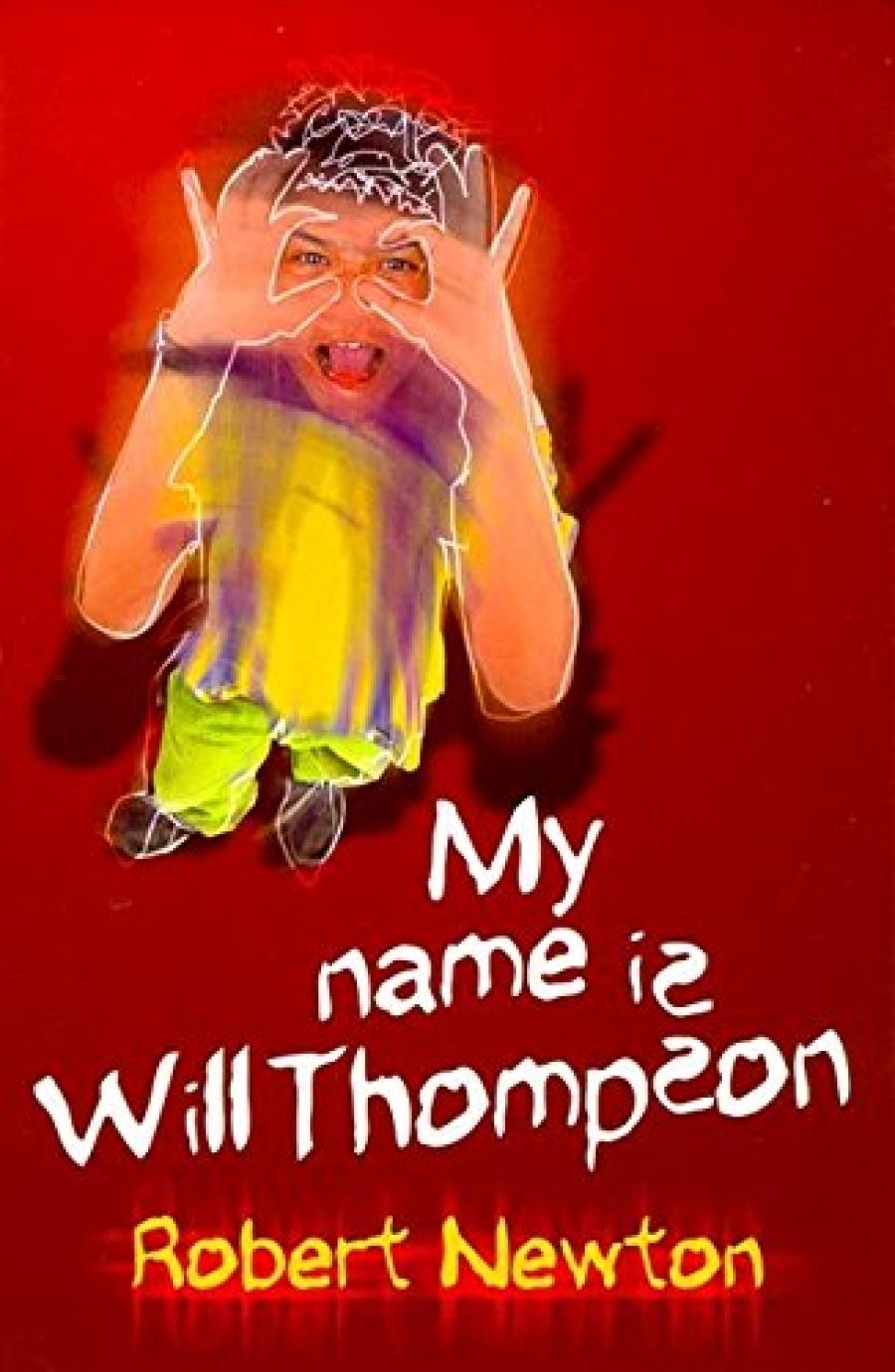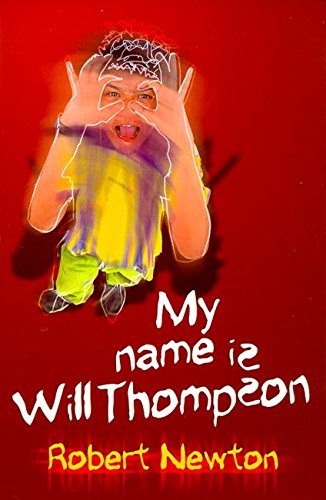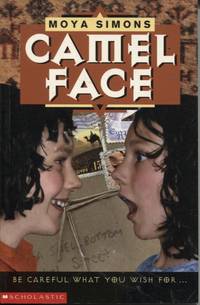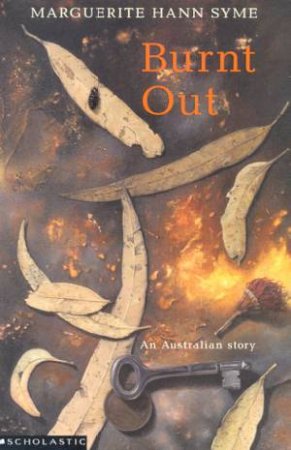
- Free Article: No
- Contents Category: Children's and Young Adult Fiction
- Review Article: Yes
- Article Title: What Happened to the Cat?
- Online Only: No
- Custom Highlight Text:
Funny things happen in children's books, and there are some odd things happening to them, too. Robert Newton and Moya Simons clearly seek to tickle the funny-bone of twelve-year-olds; Marguerite Hann Syme, on the other hand, raises questions that are more likely to preoccupy adults, and there are no wisecracks in her offering. The funny thing is that all three are published as books for young adults, and the cataloguing-in-publication suggests that all three are ‘juvenile literature’.
- Book 1 Title: My Name is Will Thompson
- Book 1 Biblio: FACP, $12.95 pb, 124 pp
- Book 1 Cover Small (400 x 600):

- Book 2 Title: Camel Face
- Book 2 Biblio: Scholastic, $12.95 pb, 124 pp
- Book 2 Cover Small (400 x 600):

- Book 3 Title: Burnt Out
- Book 3 Biblio: Scholastic, $14.95 pb, 128 pp
- Book 3 Cover Small (400 x 600):

Newton and Simons have their teenagers gazing into the mirror and not liking what they see. Will Thompson feels ugly, stupid, and unloved; Melissa, in Camel Face, is so repelled by her red hair and freckles that she wishes them away with magic. By the end of each book, both wretches have found ways out of their misery: Will’s radical action to save a learning centre makes him a hero, Melissa realises that her old face is the one she wants and, in the process of getting it back, the rest of her life falls into place. Newton is a little more daring than Simons. This is his first novel, and he has drawn on the Jennings/Gleitzman tradition, adding his own subversions, an example being that one person can be quite powerful if the moment is grasped. Will’s alarming family, mad about quiz shows, plagued by sibling rivalries, and parents who either excel in embarrassing line-dancing or allow their jeans to slip down to levels beyond dignity, provide opportunities for severe mortification for the suffering Will. Melissa’s cool analysis of her dentist father’s inability to make up his mind, her inappropriate attempts at magic tricks and her preoccupation with smells are always good for a laugh. Both authors disarmingly reassure their readers that it is necessary to have the confidence to take action if your life is not how you want it to be.
Burnt Out, on the other hand, sobs rather than laughs. There are plenty of bushfires in juvenile fiction, from Bruce’s A Little Bush Maid (1910), to Colin Thiele's February Dragon (1965) and Ivan Southall’s Ash Road (1965), to name a few. Roger Vaughan Carr’s Firestorm (1985) is about the 1983 Ash Wednesday fires that Syme describes, but as they swept the Victorian coast. Syme’s setting is the Adelaide Hills; the book is based on her own experience. Jo and Cam and their children, James and Zoe, lose their timber house and all their possessions. The marriage is rocky, and differences come to a head on the day of the fire, compounding Jo’s later feelings of guilt. It’s all told in the present tense, apart from Cam’s desperate attempt to save their property, which is recalled. ‘Losing the house is like having someone in the family die.’ Much of the story deals with Jo’s grief. She alternates between tears and anger. Cam keeps a stiffer upper lip, and is more concerned with the breakdown in the relationship. Moments verge on sentimentality, and, unlike Cam, Jo seems to take too long to understand that her family has miraculously survived when others have not. Jo’s people provide a place to stay, while charities do their best to find necessities. But how can Beatles memorabilia, wedding presents, photos and letters ever be replaced? How long can two families live peacefully together in a house designed for one? And what has happened to Charlie the cat? Syme considers it in painful detail. Charity is a bitter pill, and Syme is not ungrateful, but the bitterness is there – secondhand clothes in ugly colours, damaged and incomplete toys, useless furniture and well-meaning friends who don’t know how to deal with it all. Jo and Cam’s marriage occupies centre stage, with a few moments devoted to the children’s reactions. The latter seem less significant than the adults’, for this is basically a recounting of adult misery when objects that recall one’s past are lost.
The reader could be looking at a series of static pictures. The opening pages ask us to visualise the scene and the characters, effectively conjuring up a family living on the edge of bushland. It’s an interesting technique, capturing the scene as through the eye of a camera. As we move through the day, the author’s method becomes strained, and the progress of events is confusing. Nevertheless, the style gives the novel an appropriately frantic edge.
My Name is Will Thompson appears in UQP’s Storybridge Series, and Camel Face has all the hallmarks of a book for children; easy reading, photographic cover, lots of white space on the page, and the same length as the other two. But as its readers are likely to be eighteen and over, Burnt Out is hardly juvenile fiction.


Comments powered by CComment